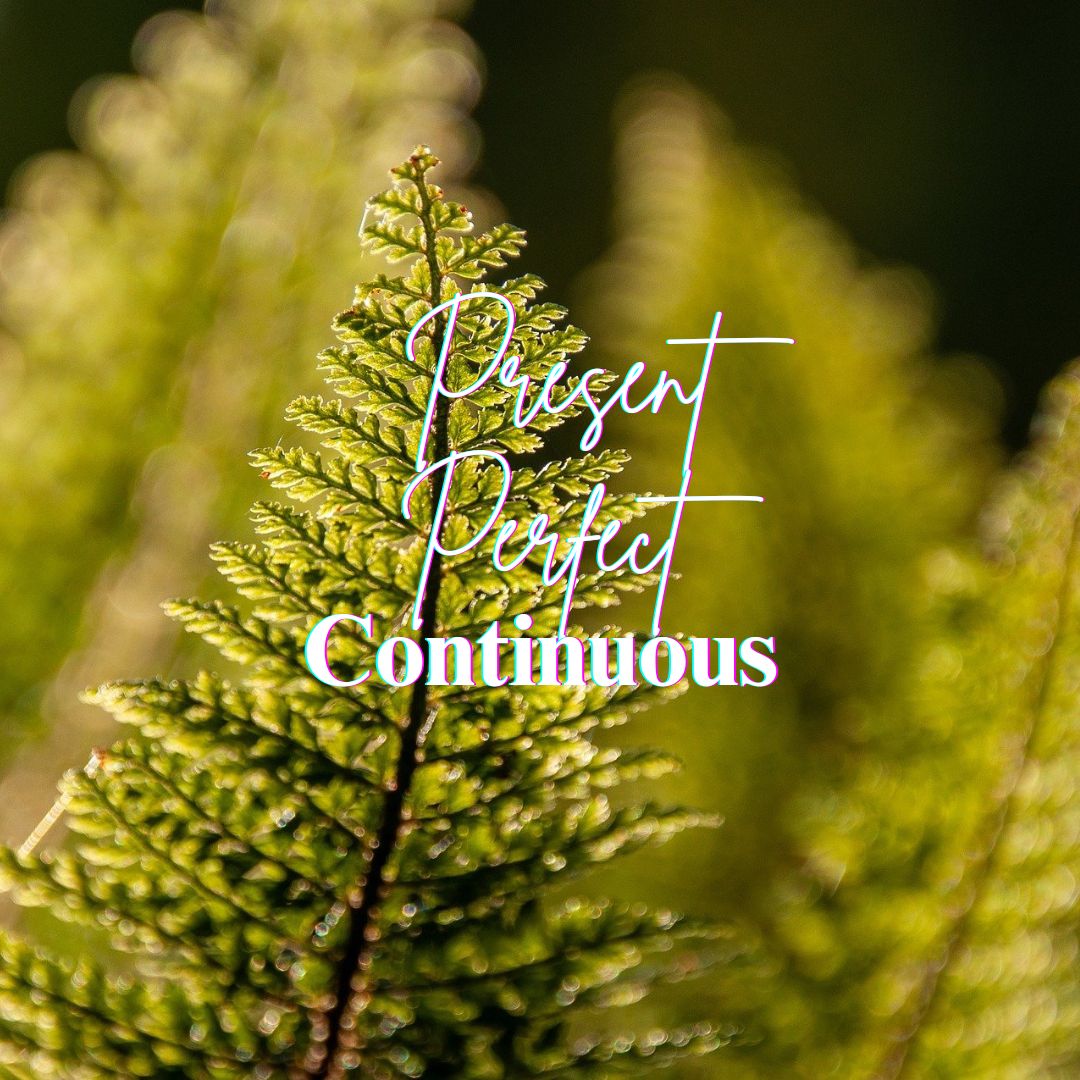Tag: action

Auxiliary Verbs: should and would
Should and would are both auxiliary verbs used in English grammar to indicate different meaningsShould is used to indicate: Advice or recommendation Necessity or obligation Expectation or probability Would is used to indicate: Past habits or repeated actions Polite requests or invitations Hypothetical situations

The Future Perfect Continuous in the Past
The Future Perfect Continuous in the Past is a tense used to talk about an ongoing action that was expected to be completed at a specific point in the past. It is formed using the past participle of will have been (which is would have been) and the present participle form (-ing) of the main verb.

The Past Perfect Continuous tense
The Past Perfect Continuous tense is used to describe an action that started in the past and continued up until another point in the past. It emphasizes the duration of the action and often suggests that the action was ongoing and unfinished at the time of the past event.

The Present Perfect Continuous tense
The Present Perfect Continuous tense is used to describe an action that began in the past, has continued up until now, and may still be ongoing. It is typically used to describe actions or situations that have a connection to the present moment.

The Future Perfect in the Past
The Future Perfect in the Past is used to talk about a completed action in the future from a point in the past. It is formed by using would have plus the past participle of the main verb.